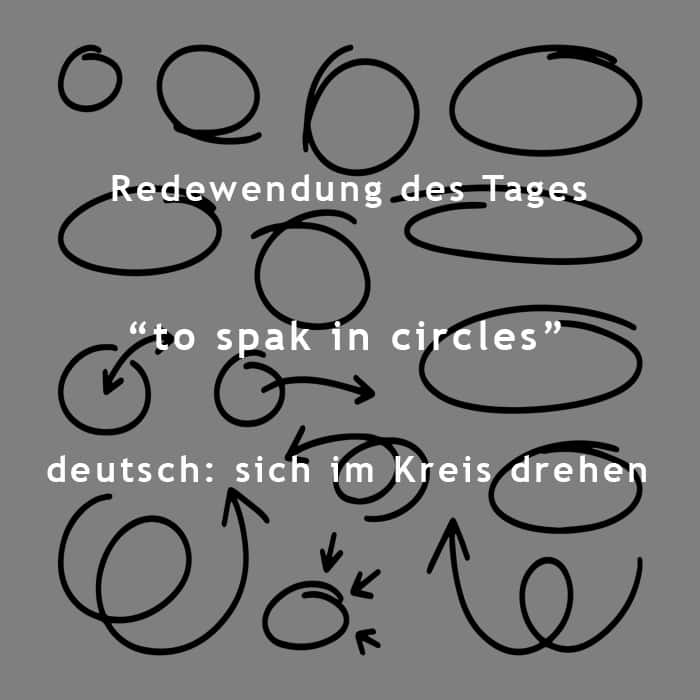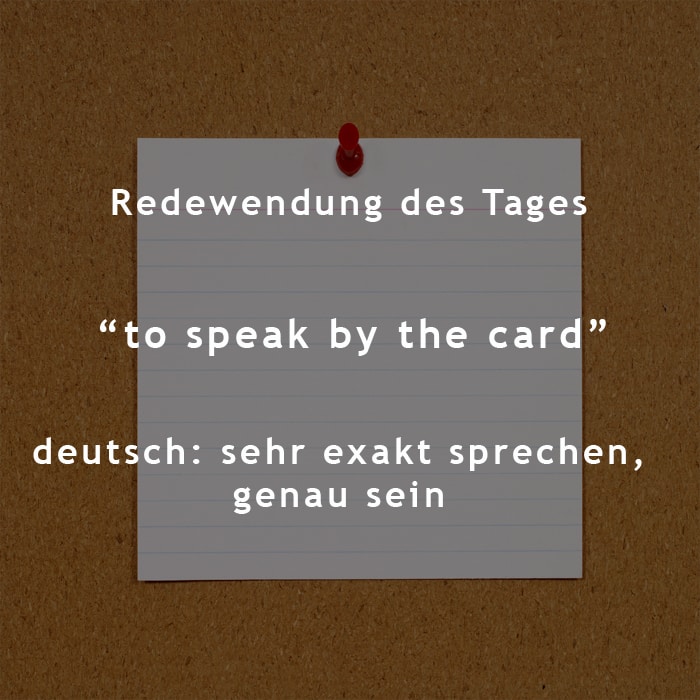This week we will teach you about giving presentations and how to go about it – learn some useful vocabulary and idioms. And some interesting facts on top that might help you with your next presentation.
A presentation should always be individual and tailor made – maßgeschneidert – to your audience. Are you addressing colleagues or internatioal partners? Clients or potential investors? For a good presentation preparation and research is key, you need to be the expert on the topic. Give the audience afterwards time to ask questions. As a presenter – Vortragender – you should make sure to connect with your audience. For example, it is important to keep eye contact and speak freely. Also, speak loud and clear so everyone in the room can understand you. Furthermore, dress appropriatley for your audience.
One rule for a good presentation is to keep it simple. Concentrate on the core message – die Kernaussage – and communicate this briefly to the audience. As a recommendation – you should be able to summarise – zusammenfassen – the key message in 15 words or 30 seconds. Another important rule is to start strong. You need to grab the audiences attention right at the beginning. This is the time for some light entertainment, for example, a joke or an anecdote before getting to the point.
6 types of presentation
- informative presentations – informative Präsentation – its educational, concise – präzise – and to the point, the main goal is to share and provide information. For example, a human resources benefits presentation.
- instructive presentation – lehrreiche Präsentation – it goes beyond sharing facts, its teaching and instrucing the audience on a certain topic. An example would be workshops or training sessions.
- persuasive presentations – überzeugende Präsentation – this type wants to sell soemthing or evoke – etwas hervorrufen – a certain action from the audience. A business pitch or a sales meeting are good examples.
- motivational presentations – motivierende Präsentation – its supposed to generate interest or gain the approval – Zustimmung – of the audience. For example, a company overview presentation or TEDTalks
- decision-making presentations – Entscheidungsführende Präsentation – it helps to speed along a decision by disclosing – offenlegen – the problem and suggesting a solution. Good examples are business or government meetings.
- progress presentations – Präsentation zum Fortschritt – it shares status updates and collected data, potential problems that might need to addressed. An example would be a team stand up presentation.



